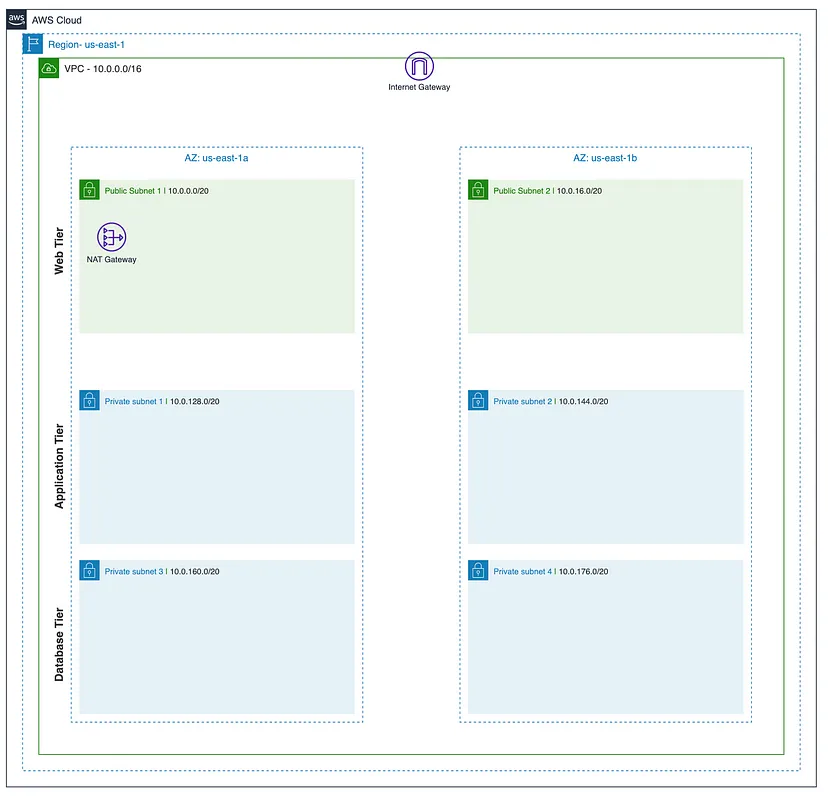Understanding the 3-Tier Architecture
The three-tier architecture is the most popular implementation of a multi-tier architecture and consists of a single presentation tier, logic tier, and data tier. The following illustration shows an example of a simple, generic three-tier application.
In the ever-evolving landscape of software development, creating efficient, scalable, and maintainable applications is paramount. One architectural pattern that has stood the test of time is the 3-Tier Architecture. This approach offers a structured way to design and organize software systems, making them more manageable and adaptable. In this blog, we'll delve into the intricacies of the 3-Tier Architecture, its benefits, and its real-world applications.
3-Tier Architecture is a way of organizing software into three distinct layers:
Presentation Tier (User Interface): This top layer is responsible for interacting with users. It handles user input, displays information, and presents the results of processing to the user. The presentation tier's main objective is to provide a user-friendly interface while remaining agnostic to the underlying business logic and data storage.
Logic Tier (Business Logic): The middle layer, also known as the business logic layer, is where the core processing and functionality of the application reside. It processes and manipulates data according to the business rules and requirements. Here, the application's logic is implemented, which may involve complex calculations, validation, and decision-making processes.
Data Tier (Data Storage): The bottom layer is responsible for managing data storage and retrieval. This tier deals with databases or any other data storage mechanisms. It ensures data integrity, security, and efficient access. The data tier interacts with the business logic layer to provide the necessary data for processing.
Benefits of the 3-Tier Architecture:
Modularity and Maintainability: Dividing an application into distinct tiers encourages modularity. Changes or updates in one tier don't necessarily impact the others, making maintenance and updates more manageable.
Scalability: The separation of concerns allows for scaling individual tiers independently. If the user base grows, you can scale the presentation tier without necessarily touching the business logic or data tiers, and vice versa.
Reusability: Components in each tier can often be reused in different parts of the application or even in other projects, saving development time and promoting consistent practices.
Flexibility: Different tiers can be developed using different technologies or programming languages, as long as they communicate through defined interfaces. This provides flexibility to choose the best tools for each layer's requirements.
Collaborative Development: Teams can work on different tiers simultaneously, promoting parallel development and speeding up the overall development process.
Real-World Applications:
Web Applications: Many web applications follow the 3-tier Architecture. The presentation tier is responsible for rendering web pages, the logic tier processes user requests, and the data tier manages database interactions.
Enterprise Systems: Complex business applications, such as Customer Relationship Management (CRM) or Enterprise Resource Planning (ERP) systems, often adopt this architecture. It helps manage intricate business logic and data operations.
Mobile Apps: Mobile applications can benefit from the clear separation of concerns provided by the 3-Tier Architecture. The presentation tier handles the user interface, the logic tier manages app functionality, and the data tier deals with storage.
Sample Reference:
3 tier architecture in aws cloud



Comments
Post a Comment